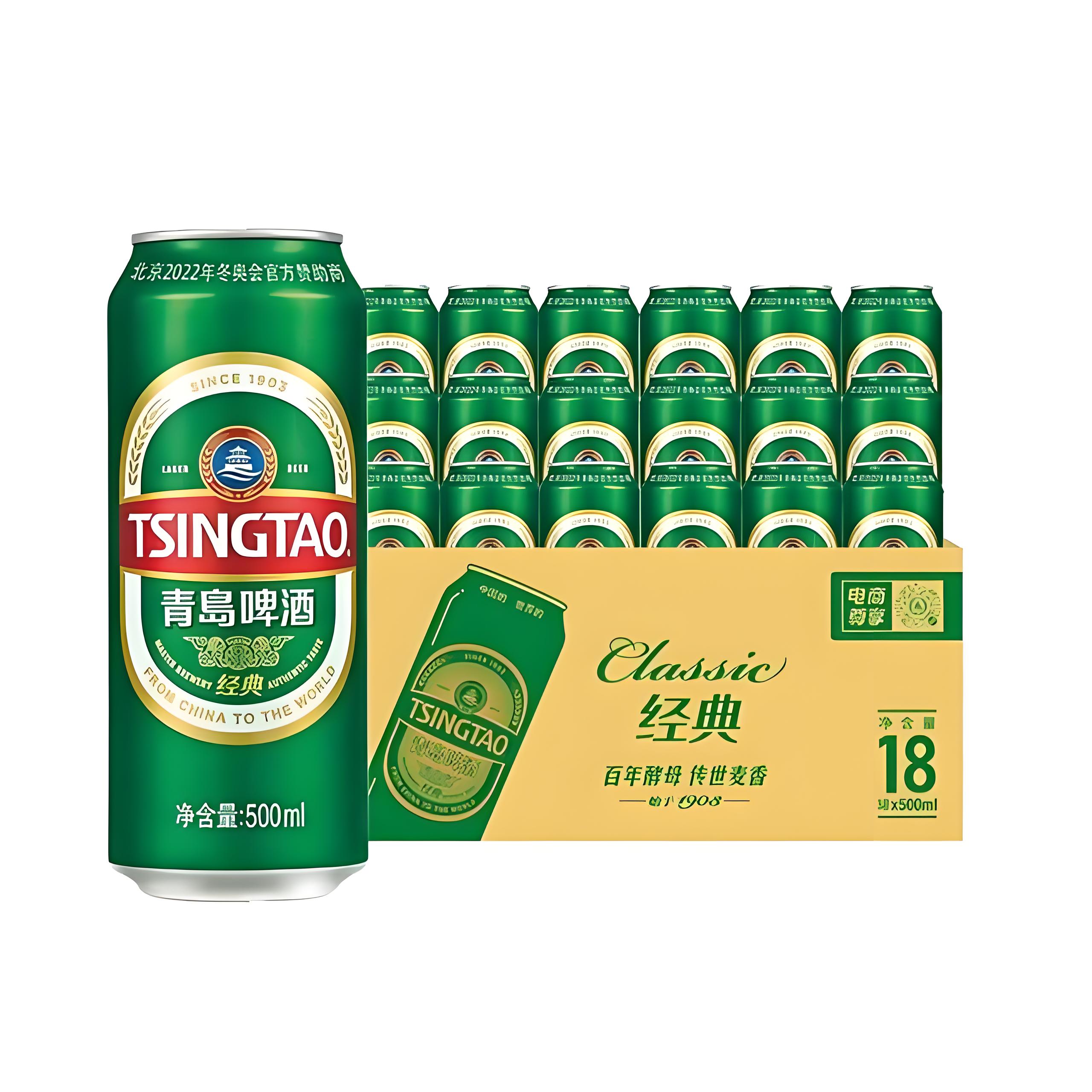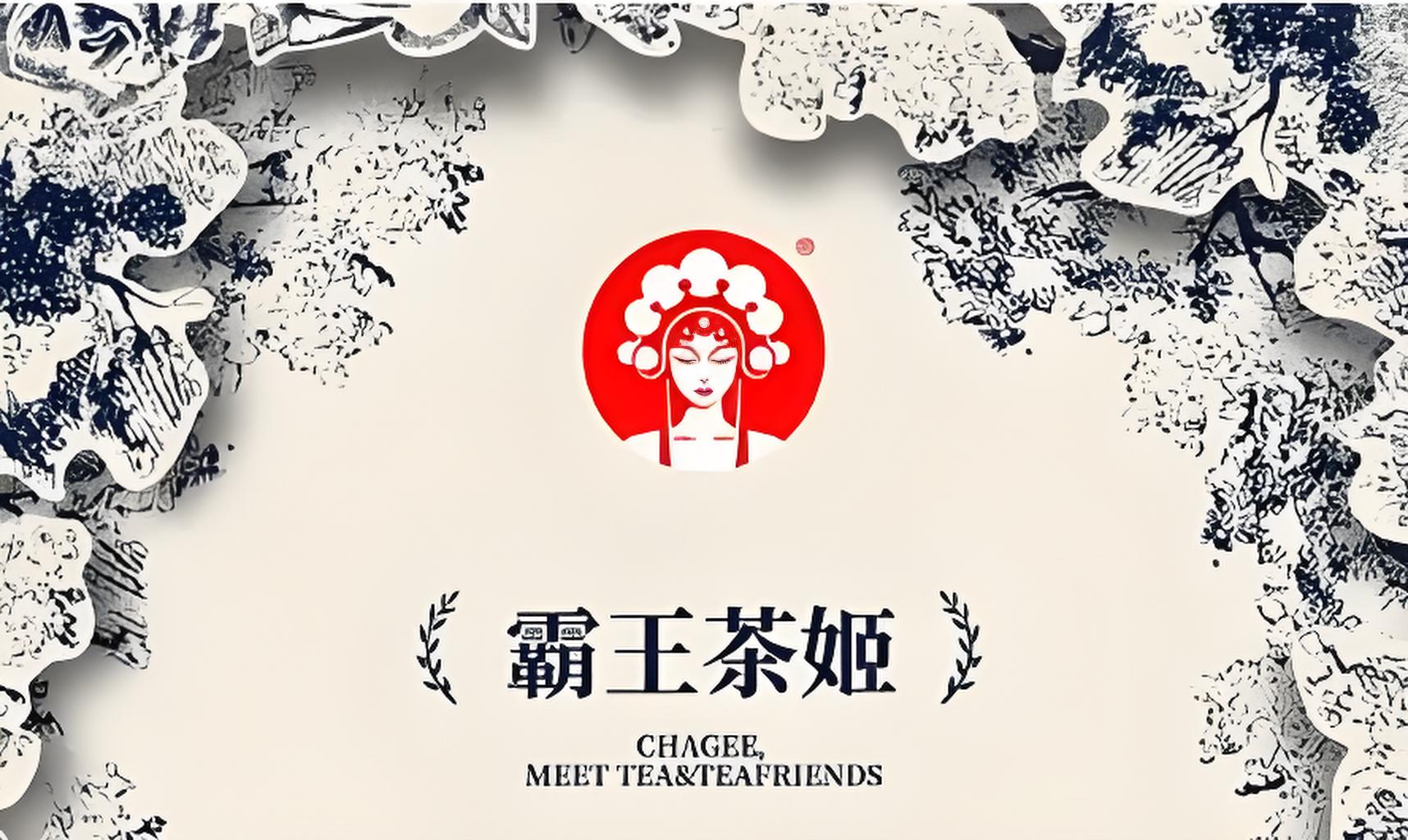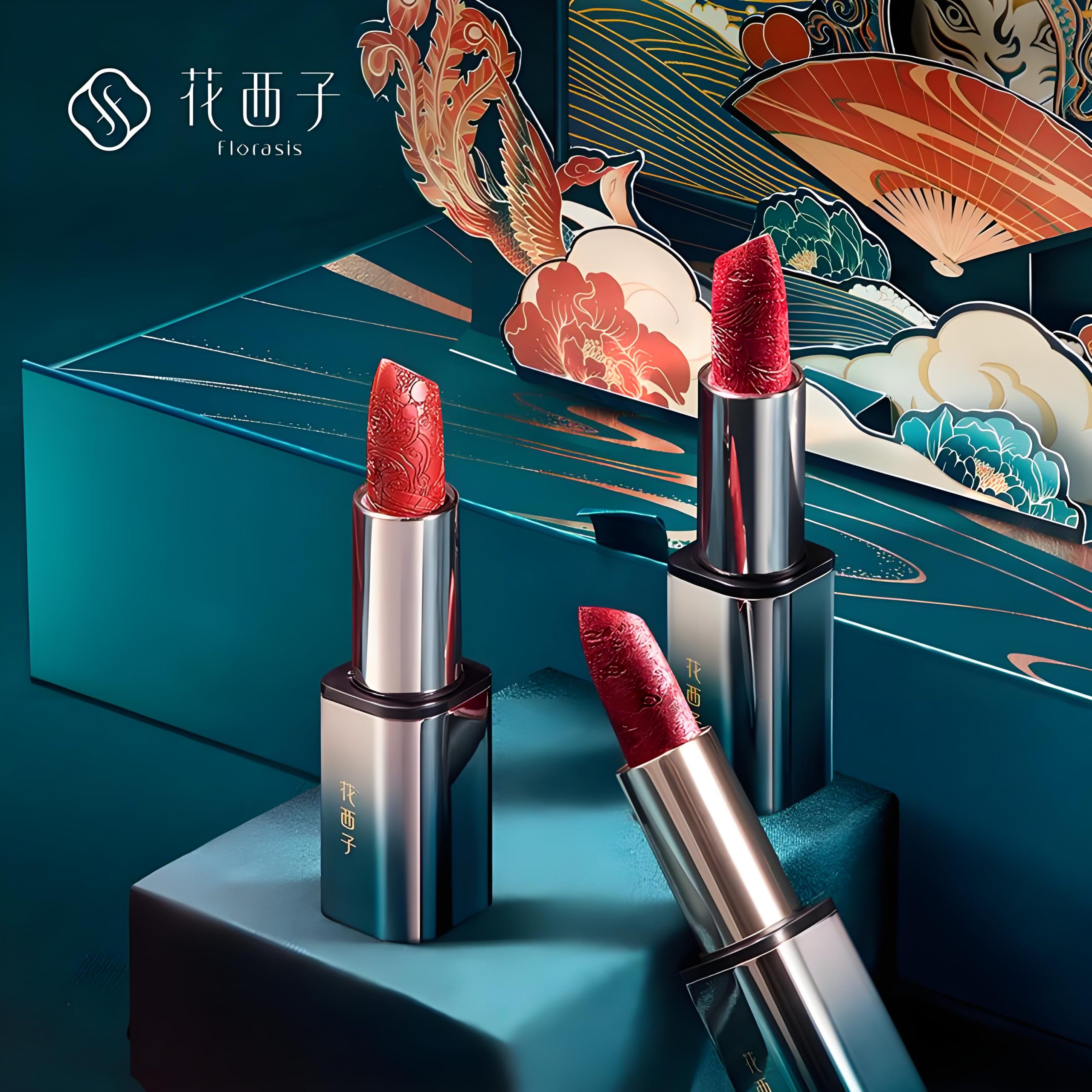Current Status, Challenges, and Opportunities for Chinese Tea Brands Going Global
Brands and Current Status
- Tplays: Successfully entered the Southeast Asian market, particularly at Singapore Changi Airport, by offering tea gift sets. Their innovative packaging and product designs, such as small tea balls and postcard-style tea packaging, have attracted many consumers.
- Other Brands: Many Chinese tea brands still export as raw materials without deep processing or brand packaging, resulting in low brand premiums.
Challenges
- Low Brand Premium: Most Chinese tea is exported as raw materials, leading to low brand premiums and limited profits in international markets.
- Cultural Differences: Traditional Chinese tea brewing methods are complex and difficult to standardize, making it hard for overseas consumers to accept.
- Market Education: Significant market education is required to help overseas consumers understand and accept Chinese tea culture.
Opportunities
- High Acceptance: Compared to alcoholic products, the acceptance of Chinese tea in overseas markets is higher.
- Innovative Products: Through innovative packaging and product design, such as functional tea balls, modern consumer needs can be met.
- High-End Market: There is high potential for high-end markets, such as airport gift shops, with high per-customer transaction values.
Current Status, Challenges, and Opportunities for Chinese Alcohol Brands Going Global
Brands and Current Status
- Moutai, Wuliangye, Luzhou Laojiao: Active in Southeast Asia and the U.S., participating in high-end tasting events and international sports partnerships.
- Fenjiu: Appeared at the 2024 Chinese New Year Gala for Overseas Chinese in the UAE, actively expanding its overseas market.
Challenges
- Taste Differences: Traditional Chinese baijiu flavors, such as strong aroma and sauce aroma, differ significantly from Western spirits, making it hard for overseas consumers to accept.
- Low Brand Recognition: Even top Chinese baijiu brands have low recognition and acceptance in international markets.
- Price Disadvantage: Chinese baijiu prices are not competitive in international markets and can even be cheaper abroad than domestically.
- Cultural Differences: Lack of cultural recognition for baijiu makes large-scale promotion difficult.
Opportunities
- High-End Market: Through high-end tasting events and duty-free channels, the overseas Chinese community market can be expanded.
- Cocktail Market: Adjusting baijiu flavors to produce cocktails that suit local tastes.
- Low-End Market: Using low-price strategies to enter the low-end alcoholic beverage market abroad.
Cultural Acceptance Differences in Various Regions
- United States: Strong demand for Chinese baijiu but low acceptance of its taste and price. Higher acceptance of Chinese tea, especially functional and convenient tea products.
- Europe: High demand for high-end tea products, especially functional and convenient teas. Low acceptance of baijiu, requiring cocktail-based promotion.
- Southeast Asia: Higher acceptance of Chinese baijiu and tea, especially strong aroma and sauce aroma baijiu. High consumption potential for Chinese tea.
- Africa: High demand for low-priced alcoholic beverages but low acceptance of high-end baijiu and tea.
- Other Asian Regions: Higher acceptance of Chinese baijiu and tea in Japan and South Korea, but requiring cultural and taste localization.
Summary and Future Outlook
As a brand reputation analyst at Xinsou Brand Overseas Crisis Management Company, I believe the biggest challenges for Chinese tea and alcohol brands going global are cultural differences and market education. However, these challenges can be overcome through innovative product design, brand localization, and targeted marketing in high-end markets.
Future Prospects for Tea Brands Going Global
- Branding and Premiumization: Enhance product value through branding and premiumization, increasing brand premiums.
- Innovation and Convenience: Launch convenient and functional tea products to meet modern consumer needs.
- Market Education: Educate the market and promote cultural understanding to help overseas consumers appreciate Chinese tea culture.
Future Prospects for Alcohol Brands Going Global
- High-End Market: Continue to expand the overseas Chinese community market through high-end tasting events and duty-free channels.
- Cocktail Market: Adjust baijiu flavors to produce cocktails that suit local tastes.
- Low-End Market: Use low-price strategies to enter the low-end alcoholic beverage market, while maintaining brand image.
Overall, Chinese tea and alcohol brands need to combine local market demands and cultural differences, engage in brand localization and product innovation, to successfully go global. With the increasing global influence of Chinese culture, the future prospects for Chinese tea and alcohol brands in international markets are promising.










